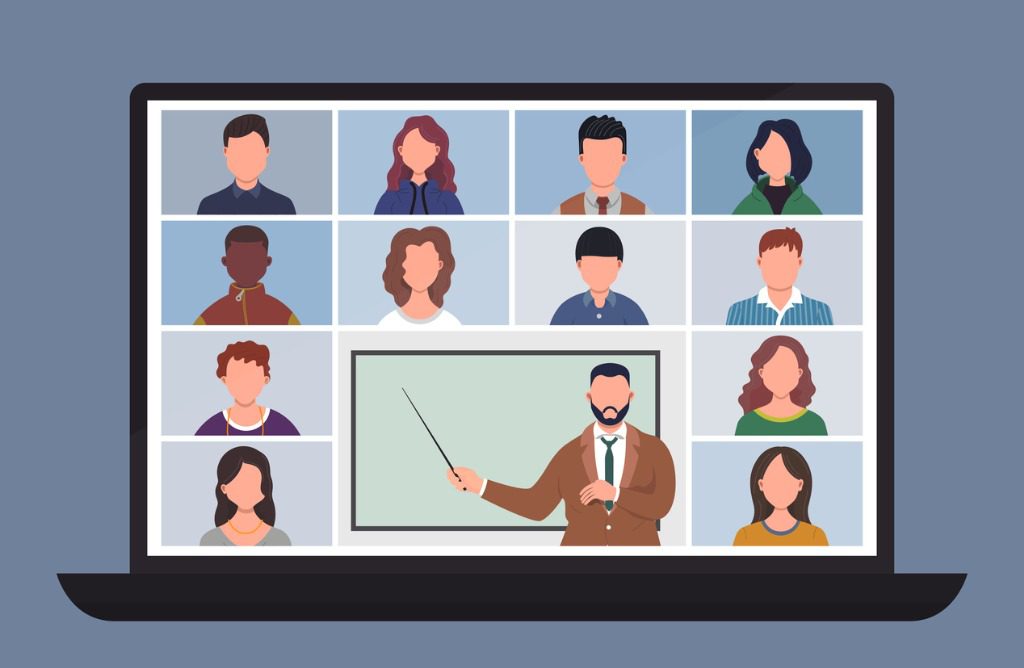Although the sudden move to remote learning has been challenging, it also became an opportunity for educational institutions to innovate and experiment with emerging technologies.
Leveraging the right technology and solutions is imperative to realize your goals, but even Microsoft acknowledges that there aren’t enough programmers, data scientists, and technology professionals. As a university, of course, it’s only natural to give more regard to having quality educators than any other position.
This is where Power Apps becomes a powerful innovation tool for institutions like higher education establishments. Without the complex application-building know-hows, you can build apps that transform your organization’s processes and fulfill your online education requirements.
Here are four ways you can leverage Power Apps for your institution.

1. Personalize Educational Strategies
According to a Microsoft summary report, various school systems have discovered that personalized learning is a more effective learning strategy than the traditional approach.
For universities with a large community, this seems like a complex road to take. However, the same study has found that technology-enabled, student-driven models are powerful enough to make that happen on a large scale.
With Power Apps, you’ll have the ability to make learning more student-centric. By building simple apps that help students get better at what they're interested in and need for class, learning will not only be fun but can also be inclusive and sensitive to the needs of your students.
This simple spelling checker tool example by Microsoft is proof of how effective and impactful simple solutions can be for your learners.

2. Build Online University Communities
Indeed, both learners and educators have had a tough time coping with remote learning since communication is not serendipitous.
The same research above has found that collaborative activities engage more parts of the brain, thus helping students learn better. Following that logic, they may be more engaged with communication apps that allow students and educators to work and communicate simultaneously regardless of location and time zone.
Meanwhile, this McKinsey study states that offering virtual spaces similar to physical ones is key to a more competent online learning program. By building student centers, counseling and guidance apps, or simple assistance chatbots, students will have much better chances of coping during and after the pandemic.
Another McKinsey article suggests online platforms where teacher forums can be held to share best practices, discussions, events, and other interests that make way for a more connected community.

3. Improve Learning Processes
To empower learners and educators in the long run, you must continuously be on the lookout for new solutions to fulfill their evolving needs. It's all about embracing innovative approaches.
Instead of waiting for new tools to be available, designing Power Apps apps can help you improve your teaching methods on your own terms, whether that’s automating submission processes, building transparent grade portals, or creating feedback apps.
But improving learning processes doesn’t have to focus only on your learners. One of the best practices in scaling online education, according to the McKinsey article mentioned above, is to provide standardized end-to-end processes to support faculty. This will help them focus on planning for lessons and strategizing for better-personalized approaches to enhance the learning process.
4. Advance Administrative Processes
There are numerous administration issues education establishments have been facing even before the pandemic. By acting on the data your university has and equipping yourself with the right solutions as an administrator, you’ll find that you can achieve better learning outcomes and more efficient processes to overcome many of these, like in this Microsoft story.
Power Apps, in conjunction with the other Power Platform tools, can aid universities with tools to automate and advance administrative processes and other unique institution needs.

Closing Thoughts on Power Apps in Education
With the growing range of tools and technology available today, there’s a higher expectation for education establishments to be innovative whether through a remote or hybrid setup.
As leaders, it's your responsibility to help your university thrive in today’s competitive space. The key to achieving success is empowering your community by providing opportunities to explore current and emerging technologies and develop the skills needed to innovate.
By strategically implementing tools like Power Apps, you can build solutions to fulfill your unique needs and provide students with an overall quality experience. By challenging what needs to change, the door to better efficiency, an innovative mindset, and easier campus life will be open for your university.



